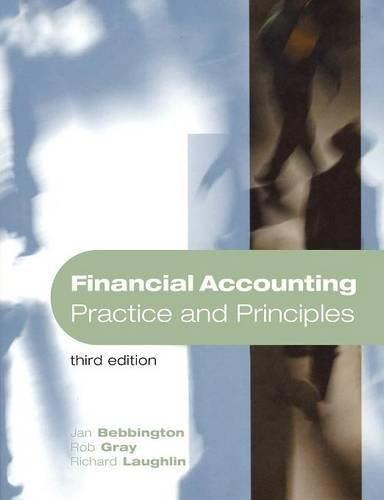ID: A et Scenario 13-2 A print advertising campaign for Jim Beam bourbon whiskey consisted of a series of ads that all looked very much alike. These full-page ads all had a series of five to eight visuals that began in the upper left corner of the page, and followed a gently curving slope down to the bottom right corner of the page. Each visual had a date next to it, indicating the progression of time. The final visual of the series ended just above a bottle of Jim Beam. The visual of the bottle led directly into a line of copy that ran across the page and read, "You always come back to the basics." The position of the bottle and the line of copy never changed throughout the campaign One series of visuals showed a progression of hand greetings over time. The year 1956 was represented by a handshake. Then came a two-fingered peace sign in 1965, a clenched fist in 1969, a Vulcan salute from Star Trek in 1975, and a thumbs up in 1985. The progression ended in the present time, with a return to the classic handshake 35. (Scenario 13-2) Each advertisement in the series left plenty of white space around the edges of the page. This created an informal border for the ad and contributed to creating a. balance. b. proportion. c. order d. unity. Scenario 13-3 You are the advertising manager for a company that makes motorcycle helmets. You have asked your agency to prepare an advertisement that will run in Biker magazine, a publication that caters to the interests of motorcycle drag-racing enthusiasts. The agency is presenting several possible advertisements to you. The one the agency recommends has a headline that is a clear statement of the benefit of your brand of helmets. The illustration is a picture of a seal balancing a running chain saw on its nose. You ask why this particular illustration is being used. The art director replies that it's because people will notice it 36. (Scenario 13-3) The art director recommends the visual be a reproduction of a beautifuloil painting. You ask the art director why it's not a photograph. The art director rightly replies, a. "Do you know how long it would take to get the seal to do this? And a shot like this can't be faked." "Hey, I'm just trying to save you money. "I'm going for a specific look with this ad, and I just don't think I can get it with a photograph." b. c. d. "People see a high-class oil painting in an advertisement, and believability skyrockets







